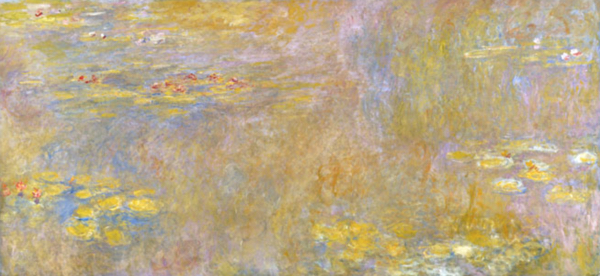Art World
Masterworks Left Vulnerable to Nuclear Attack


Henri Neuendorf

Declassified British government documents have revealed fascinating insights into secret plans to save priceless artworks in the case of nuclear attack, the Independent reports. The plans were drafted during the Cold War in the 1980s when the threat of nuclear warfare was very real.
Minutes released by the National Archive detailed how, in the case of a nuclear attack, officials planned to dispatch 11 vans to gather masterpieces from some of London’s most prestigious museums such as the National Gallery, the Tate, the British Museum, and the Victoria & Albert Museum and transfer the works to underground bunkers in Wales or Wiltshire.
Some of the shortlisted artworks included Van Gogh’s Sunflowers, Monet’s Water Lilies, and Constable’s The Hay Wain from the National Gallery; works by Turner and Gainsborough from the Tate; and Italian and Dutch Renaissance works from the Queen’s collection.
The plans were, however, very preferential to the capital’s art. Scottish institutions were encouraged to improvise. According to documents, officials at the Royal Scottish Museum were told, “It would seem that there is very adequate space in the basement for all the exhibits which the museum might wish to place in special storage,” officials even suggested that the Scottish National Antiques Museum use its boiler room as a makeshift storage facility.
The notes also showed that the government did not see the preservation of artwork as a top priority. The documents explain, “It is unlikely that attention to stored exhibits will be a high priority during the survival or recovery stage.”